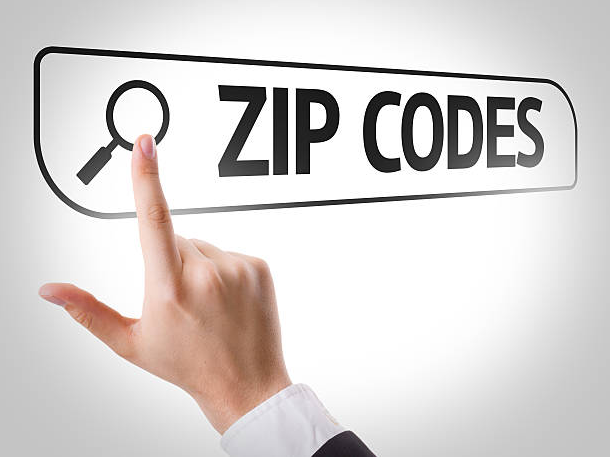The Post Office Department introduced the Zone Improvement Plan (ZIP) Code in 1963 to expedite and eventually automate mail classification, but the innovation also generated unanticipated socioeconomic benefits as an organizing and enabling device. The ZIP Code is a support structure utilized by numerous industries, such as the insurance and real estate industries, and it also promotes community and identity representation. These enormous societal benefits result from the establishment of the ZIP Code and the Postal Service’s maintenance and upkeep of this asset. This paper investigates additional enhancements to the ZIP Code for the digital age.
This paper examines, in particular, the advantages of combining the precision of geocodes with the contextual, expansive use of ZIP Codes. Enriching ZIP Codes with geocodes could facilitate delivery route reconfigurations, link the Postal Service’s wealth of address information to mapping software, and facilitate the alignment of government investments with public requirements. Linking demographic information to the ZIP Code is a second enhancement under consideration. This could be combined with mailing in smaller groups to enhance the value of the mail for both senders and recipients.
The paper also investigates the history of the ZIP Code to identify any lessons that can be applied today. This investigation reveals that the Post Office Department took initiative and tested a series of steps to assure the innovation’s adoption and success, which resulted in unanticipated external benefits. The Post Office Department’s Mr. ZIP campaign increased public awareness of the initiative and is credited with the ZIP Code’s adoption despite opposition from some stakeholders.
In collaboration with IBM, the Office of Inspector General developed a method to quantify the societal value of the ZIP Code system. The estimate indicates that the ZIP Code contributes approximately $10 billion to the economy annually. This estimate also demonstrates that the value of a ZIP Code to external companies exceeds its value to the Postal Service.
